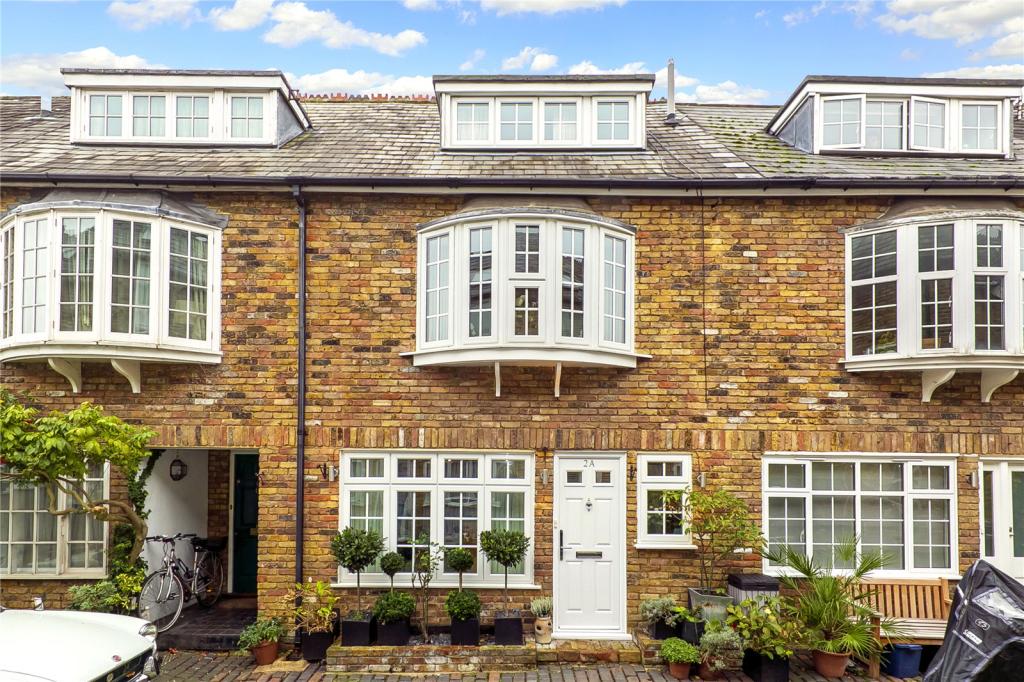What changes when the stamp duty holiday ends?
On 30th September, the stamp duty holiday in England and Northern Ireland will come to an end. Hundreds of thousands of buyers have taken advantage of savings that have been on offer since the tax break was introduced in July 2020.
The amount buyers have been able to save was reduced from July this year, however buyers have been paying no stamp duty on homes priced at or below £250,000 for the past few months. But, from 1st October, the stamp duty tax rates return to normal.
If you’re buying a property, you can work out how much you’ll pay by using our stamp duty calculator.
What are the stamp duty rates from 1st October?
If you’re buying a main home from 1st October 2021, you won’t pay any stamp duty on the portion of the property priced at or below £125,000. So, if you spend up to £250,000, you’ll get the first £125,000 tax free, but will pay two per cent tax on the portion above that.
Anything you spend between £250,001 and £925,000 will incur 5% tax, rising to 10% for properties priced between £925,001 to £1.5 million. If you spend above £1.5 million, you will pay 12 per cent in stamp duty tax, as below:
| Stamp Duty Land Tax rates from 1st October 2021 | SDLT rate |
|---|---|
| Up to £125,000 | Zero |
| The next £125,000 (the portion from £125,001 to £250,000) | 2% |
| The next £675,000 (the portion from £250,001 to £925,000) | 5% |
| The next £575,000 (the portion from £925,001 to £1.5 million) | 10% |
| The remaining amount (the portion above £1.5 million) | 12% |
I’m about to buy a home for £300,000. How much stamp duty will I pay?
If you were to spend £300,00 on a property, your stamp duty bill will be calculated like this from 1st October 2021:
0% on the first £125,000 = £0
2% on the next £125,000 = £2,500
5% on the final £50,000 = £2,500
Stamp duty payable = £5,000
Tax rates are higher for those buying a second home. You can find out more by using our stamp duty calculator.
Do first-time buyers pay stamp duty tax?
If you’re a first-time buyer in England and Northern Ireland, you won’t pay any tax on homes priced at or below £300,000. However, you will pay five per cent on a property, or the portion of a property, priced between £300,001 and £500,000.
However, if the first home you’re buying is priced above £500,000, you won’t be eligible for a saving and you’ll have to pay normal stamp duty rates.
What is the equivalent tax in Wales?
In Wales, buyers pay Land Transaction Tax (LTT), and the previous LTT holiday ended in July this year. Now, if you spend less than £180,000, you won’t pay any tax. For property purchases above £180,000, the following LTT rates apply:
| The portion up to and including £180,000 | 0% |
| The portion over £180,000 up to and including £250,000 | 3.5% |
| The portion over £250,000 up to and including £400,000 | 5% |
| The portion over £400,000 up to and including £750,000 | 7,5% |
| The portion over £750,000 up to and including £1,500,000 | 10% |
| The portion over £1,500,000 | 12% |
And in Scotland?
If you’re buying a property in Scotland, the equivalent tax is called Land and Buildings Transaction Tax (LBTT), and the holiday ended from April this year. You won’t pay LBTT if you’re buying a property priced at or below £145,000 (or up to £175,000 for first-time buyers).
For property purchases above £145,000, the following LBTT rates apply:
| £145,001 to £250,000 | 2% |
| £250,001 to £325,000 | 5% |
| £325,001 to £750,000 | 10% |
| Over £750,000 | 12% |
As in the rest of Britain, there are higher rates for those buying a second home.
READ MORE: What can £300,000 buy across Britain?



